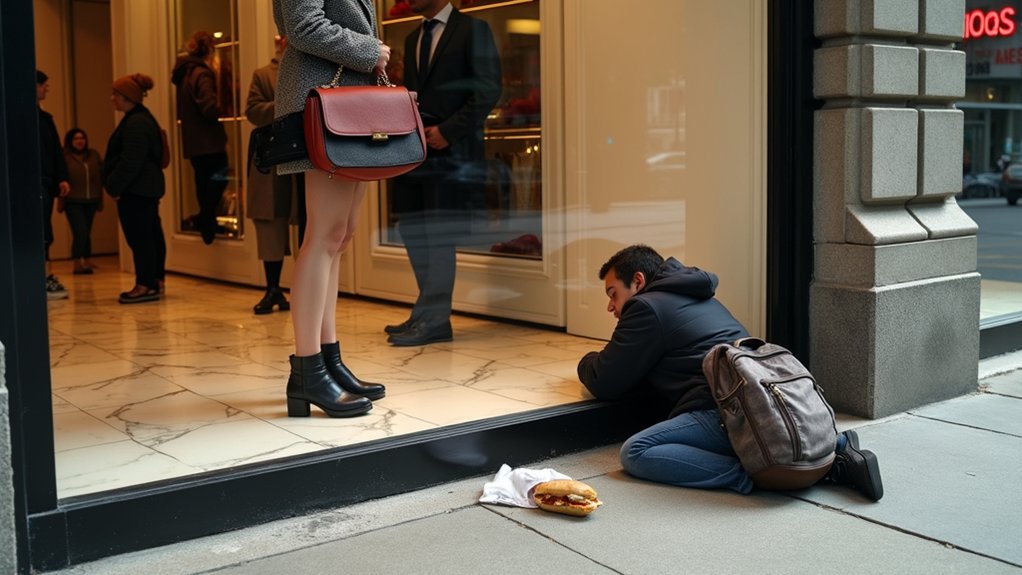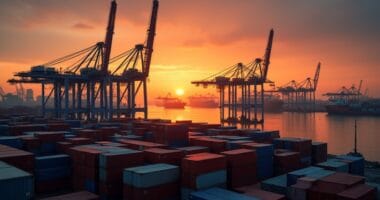The economic chasm keeps growing wider. While ultra-wealthy Americans splurge on luxuries, average households struggle with stagnant $70,000 incomes. The rich got $1.3 trillion richer since 2020, thanks to friendly tax policies saving them $61,000 annually. Meanwhile, working folks, especially in communities of color and poor regions like Appalachia, watch their purchasing power shrink. The gap between haves and have-nots isn’t just an American problem – it’s a global powder keg waiting to explode.

While many Americans dream of economic prosperity, the stark reality of the nation’s growing wealth gap tells a different story. The numbers paint a brutal picture – median household income barely budged between 2000 and 2015, stuck at around $70,200.
Meanwhile, the ultra-wealthy have been living their best lives, with billionaires watching their fortunes balloon by a staggering $1.3 trillion since March 2020. In 2024 alone, Elon Musk’s wealth reached an astounding 442 billion dollars.
Talk about a tale of two economies. The richest 1% saw their wages soar 162% from 1980 to 2022. The bottom 90%? A measly 36% increase. Must be nice up there at the top, especially with those 2017 tax cuts padding their wallets with an extra $61,090 in annual savings. Central bank policies have historically contributed to this widening wealth inequality through monetary decisions.
The math isn’t complicated – the rich keep getting richer. A staggering 80% of adults view the gap between rich and poor as a significant problem.
Simple truth: while most Americans struggle to get ahead, wealth keeps flowing to those who already have plenty.
The divide cuts deeper along racial lines. White workers typically earn 24% more than Black workers and 28% more than Latino workers. Black unemployment consistently hovers at double the rate for white workers.
In February 2025, the numbers told the same old story: 6% for Black workers, 3.8% for white workers. Some gaps have narrowed slightly, but let’s not break out the champagne just yet.
Geography plays its part too. Places like Appalachia and the Mississippi Delta show how poverty tends to stick around, especially in communities of color. These areas have been dealing with poverty rates above 20% for three decades or more.
It’s not just an American problem either – globally, 54% of people across 36 countries view economic inequality as a “very big problem.”
The system seems rigged to keep the money flowing upward. Sure, taxes and government transfers help somewhat – they knocked the Gini coefficient (that’s fancy talk for measuring inequality) down from 0.595 to 0.423 in 2016.
But recent policy changes keep favoring the wealthy, and the gap keeps growing. While regular folks pinch pennies and scale back, the rich just keep on spending. Same country, different worlds.





